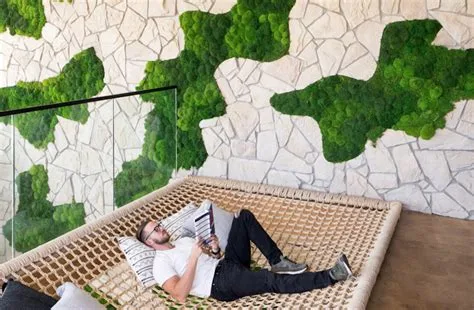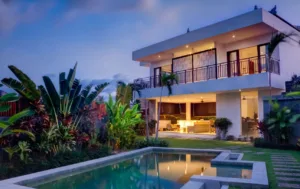The world is facing an environmental crisis, and the need for sustainable architecture and design has never been greater.
We need to find ways to reduce our carbon footprint, protect our natural resources, and create healthy, livable environments.
Sustainable buildings and parks are a critical part of this effort, as they can help to reduce energy consumption, improve air and water quality, and provide green spaces for communities.
Creating sustainable buildings and parks is about finding the perfect blend of form and function.
It’s about designing spaces that are both beautiful and practical, that meet the needs of people and the environment.
This requires a holistic approach to design, one that takes into account the social, economic, and environmental aspects of sustainability.
Form and function are two sides of the same coin when it comes to sustainable architecture and design.
Form refers to the aesthetic qualities of a building or park, such as its shape, color, and texture.
Function refers to the practical aspects of a building or park, such as its layout, materials, and systems.
Both are essential to creating sustainable spaces that are both beautiful and functional.

One key aspect of sustainable architecture and design, though is energy efficiency.
Buildings and parks consume a significant amount of energy, and finding ways to reduce that energy consumption is critical to creating sustainable spaces.
This can be achieved through passive design strategies, such as using natural light and ventilation, and through active strategies, such as using energy-efficient appliances and systems.
Sustainable materials are those that are renewable, non-toxic, and have a low environmental impact.
Another important aspect of sustainable architecture and design is the use of sustainable materials.
They can include materials such as bamboo, recycled steel, and reclaimed wood.
Using sustainable materials not only reduces the environmental impact of a building or park, but can also improve indoor air quality and create a healthier living environment.
In addition to sustainable materials, sustainable design also incorporates the use of green spaces.
Parks and green spaces provide numerous benefits to communities, including improved air and water quality, increased biodiversity, and opportunities for recreation and relaxation.

Creating green spaces within buildings, such as green roofs and living walls, can also provide these benefits and help to mitigate the urban heat island effect.
Creating sustainable buildings and parks requires a collaborative effort between architects, engineers, builders, and communities.
It also requires a commitment to ongoing sustainability and the willingness to adapt and change as new technologies and practices emerge.
Here are some Books Recommendation on sustainable building and architecture
“The Green Building Revolution” by Jerry Yudelson. This book provides an overview of the green building movement, covering topics such as energy efficiency, water conservation, and sustainable materials.
It features case studies of green building projects from around the world and provides practical guidance on how to achieve green building certification.

“Green Architecture Now! Vol. 2” by Philip Jodidio. This book showcases the work of some of the world’s leading green architects, featuring projects that incorporate energy efficiency, renewable energy, and sustainable materials.
It provides an inspiring look at what is possible in sustainable architecture and design.

“Eco-Architecture: Harmonisation Between Architecture and Nature“ by Koen Steemers and Mary Ann Steane. This book explores the relationship between architecture and nature, providing an overview of eco-architecture principles and techniques.
It features case studies of eco-architecture projects from around the world and provides practical guidance on how to achieve harmony between architecture and nature.

“Green Roof Systems: A Guide to the Planning, Design, and Construction of Landscapes Over Structure“ by Susan Weiler and Katrin Scholz-Barth. This book provides a comprehensive guide to green roof design and construction, covering topics such as plant selection, irrigation, and maintenance.
It features case studies of green roof projects from around the world and provides practical guidance on how to achieve a successful green roof project.

“The Green Studio Handbook: Environmental Strategies for Schematic Design“ by Alison Kwok and Walter Grondzik. This book provides a practical guide to integrating environmental strategies into the schematic design process.

It covers topics such as passive solar design, daylighting, and natural ventilation, and provides case studies of successful green building projects.
These books have all received positive reviews from readers and are highly recommended for those interested in sustainable building and architecture.
Conclusion
In conclusion, sustainable architecture and design is about finding the perfect blend of form and function.
It’s about designing spaces that are both beautiful and practical, that meet the needs of people and the environment.
By incorporating energy efficiency, sustainable materials, and green spaces, we can create buildings and parks that are both sustainable and enjoyable for generations to come.
Comment bellow your Questions or Thoughts. We would love to hear from you!




